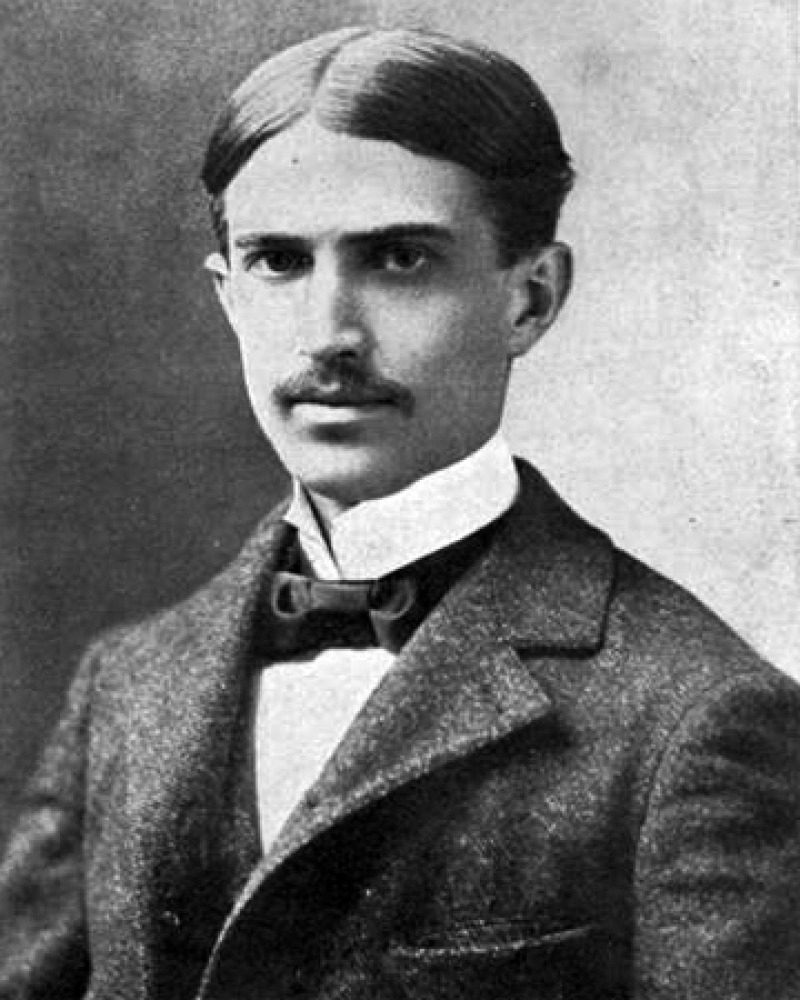
Stephen Crane
“Opium’s Varied Dream,”
1896
“Opium’s Varied Dream,”
When a man arises from his first trial of the pipe, the nausea that clutches him is something that can give cards and spades and big casino to seasickness. If he had swallowed a live chimney sweep he could not feel more like dying.
If there is a sentiment in the pipe for him, he returns to it after this first unpleasant trial. Gradually, the power of the drug sinks into his heart. It absorbs his thought. He begins to lie with more and more grace to cover the shortcomings and little failures of his life. And then finally he may become a full-fledged “pipe fiend,” a man with a “yen-yen.”
A “yen-yen,” be it known, is the hunger, the craving. It comes to a “fiend” when he separates himself from his pipe and takes him by the heartstrings. If indeed he will not buck through a brick wall to get to the pipe, he at least will become the most disagreeable, sour-tempered person earth until he finds a way to satisfy his craving.
A “hop fiend” will defend opium with eloquence and energy. He very seldom drinks spirits and so he gains an opportunity to make the most ferocious parallels between the effects of rum and the effects of opium. Ask him to free his mind and he will probably say, “Opium does not deprive you of your sense. It does not make a madman of you. But drink does! See? Who ever heard of a man committing murder when full of hop? Get him full of whiskey and he might kill his father. I don’t see why people kick so about opium smoking. If they knew anything about it they wouldn’t talk that way. Let anybody drink rum who cares to, but as for me I would rather be what I am.”

